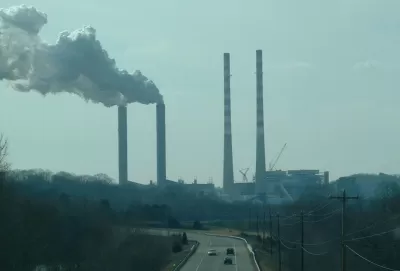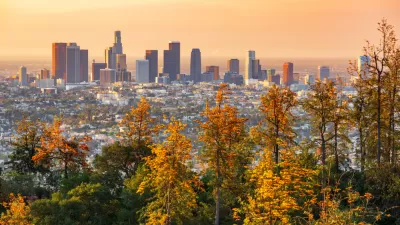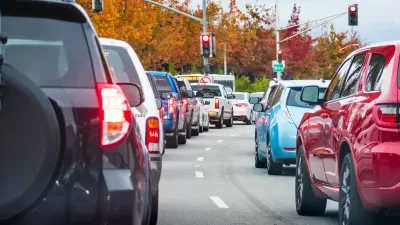Analysis of global greenhouse gas emissions data points to the sectors, activities, and countries that are the biggest contributors.

Mengpin Ge and Johannes Friedrich review a series of charts from the World Resource Institute’s ClimateWatch greenhouse gas emissions data tool that show global trends.
The energy sector is responsible for almost three-quarters of greenhouse gas emissions. In the energy sector, the top three end-use activities are road transportation, residential buildings, and commercial buildings.
"Since 1990, three sectors stand out as the fastest-growing sources of greenhouse gas emissions: Industrial processes grew by 174%, transportation (a subsector of energy) by 71%, and manufacturing and construction (also a subsector of energy) by 55%," note Ge and Friedrich.
They also report that ten countries emit 68 percent of global greenhouse gas emissions, with China topping the list at 26 percent. In addition, carbon dioxide makes up almost three-quarters of emissions.
Ge and Friedrich say that cutting back on greenhouse gas emissions needs to happen around the world. "The largest emissions sources, like the energy sector, are good places to start. But to fully tackle the climate crisis, we will need deep reductions across all sectors, big and small."
FULL STORY: 4 Charts Explain Greenhouse Gas Emissions by Countries and Sectors

Alabama: Trump Terminates Settlements for Black Communities Harmed By Raw Sewage
Trump deemed the landmark civil rights agreement “illegal DEI and environmental justice policy.”

Planetizen Federal Action Tracker
A weekly monitor of how Trump’s orders and actions are impacting planners and planning in America.

The 120 Year Old Tiny Home Villages That Sheltered San Francisco’s Earthquake Refugees
More than a century ago, San Francisco mobilized to house thousands of residents displaced by the 1906 earthquake. Could their strategy offer a model for the present?

In Both Crashes and Crime, Public Transportation is Far Safer than Driving
Contrary to popular assumptions, public transportation has far lower crash and crime rates than automobile travel. For safer communities, improve and encourage transit travel.

Report: Zoning Reforms Should Complement Nashville’s Ambitious Transit Plan
Without reform, restrictive zoning codes will limit the impact of the city’s planned transit expansion and could exclude some of the residents who depend on transit the most.

Judge Orders Release of Frozen IRA, IIJA Funding
The decision is a victory for environmental groups who charged that freezing funds for critical infrastructure and disaster response programs caused “real and irreparable harm” to communities.
Urban Design for Planners 1: Software Tools
This six-course series explores essential urban design concepts using open source software and equips planners with the tools they need to participate fully in the urban design process.
Planning for Universal Design
Learn the tools for implementing Universal Design in planning regulations.
Clanton & Associates, Inc.
Jessamine County Fiscal Court
Institute for Housing and Urban Development Studies (IHS)
City of Grandview
Harvard GSD Executive Education
Toledo-Lucas County Plan Commissions
Salt Lake City
NYU Wagner Graduate School of Public Service





























